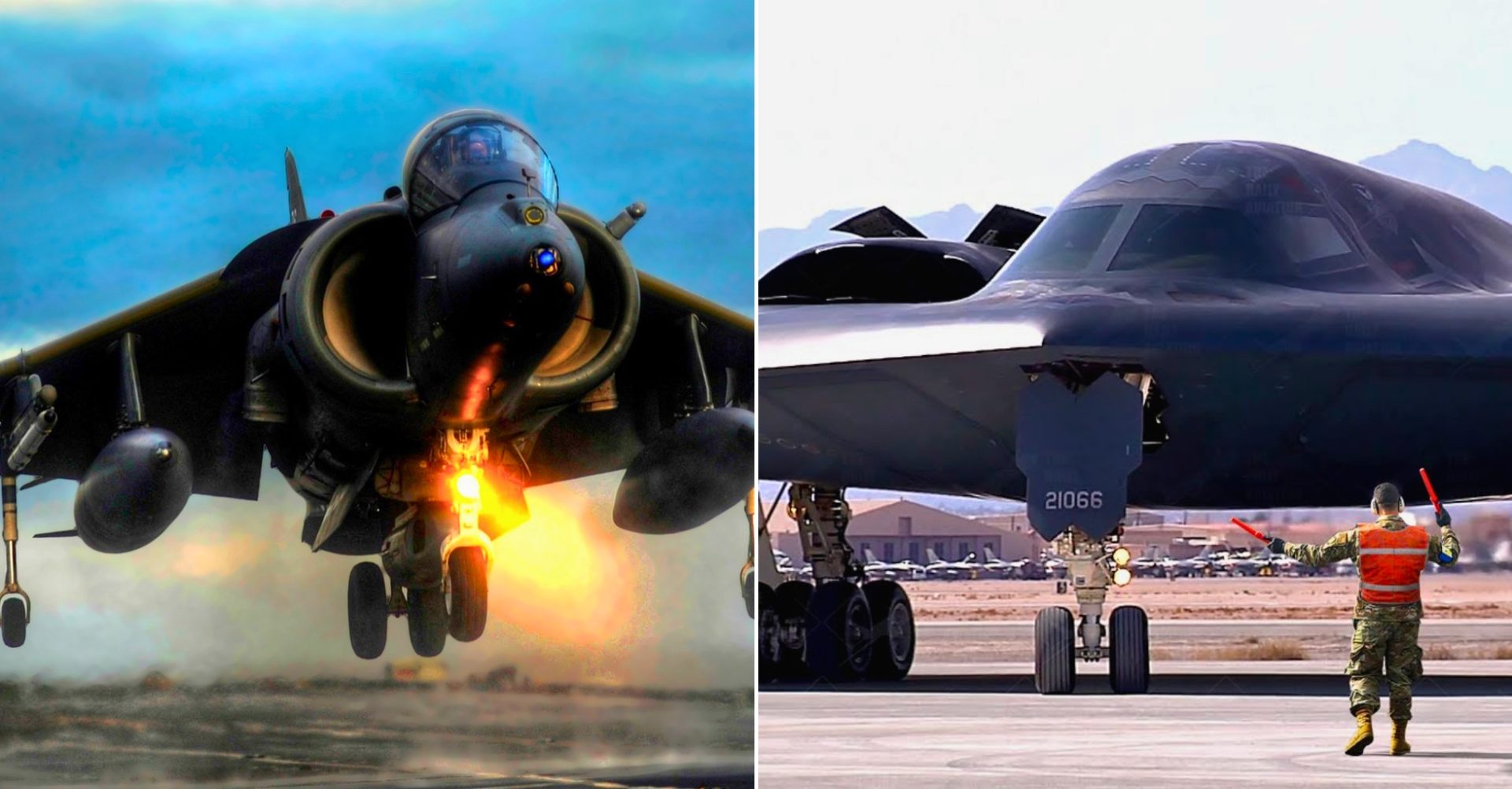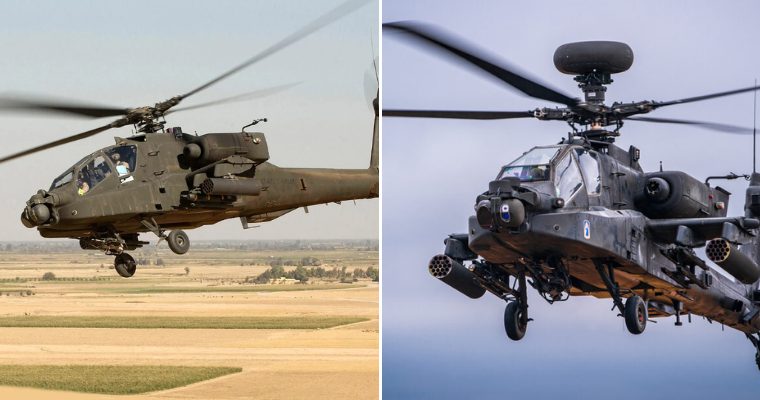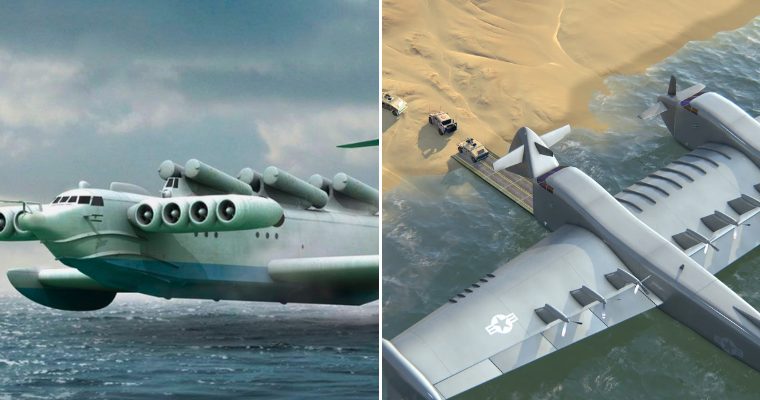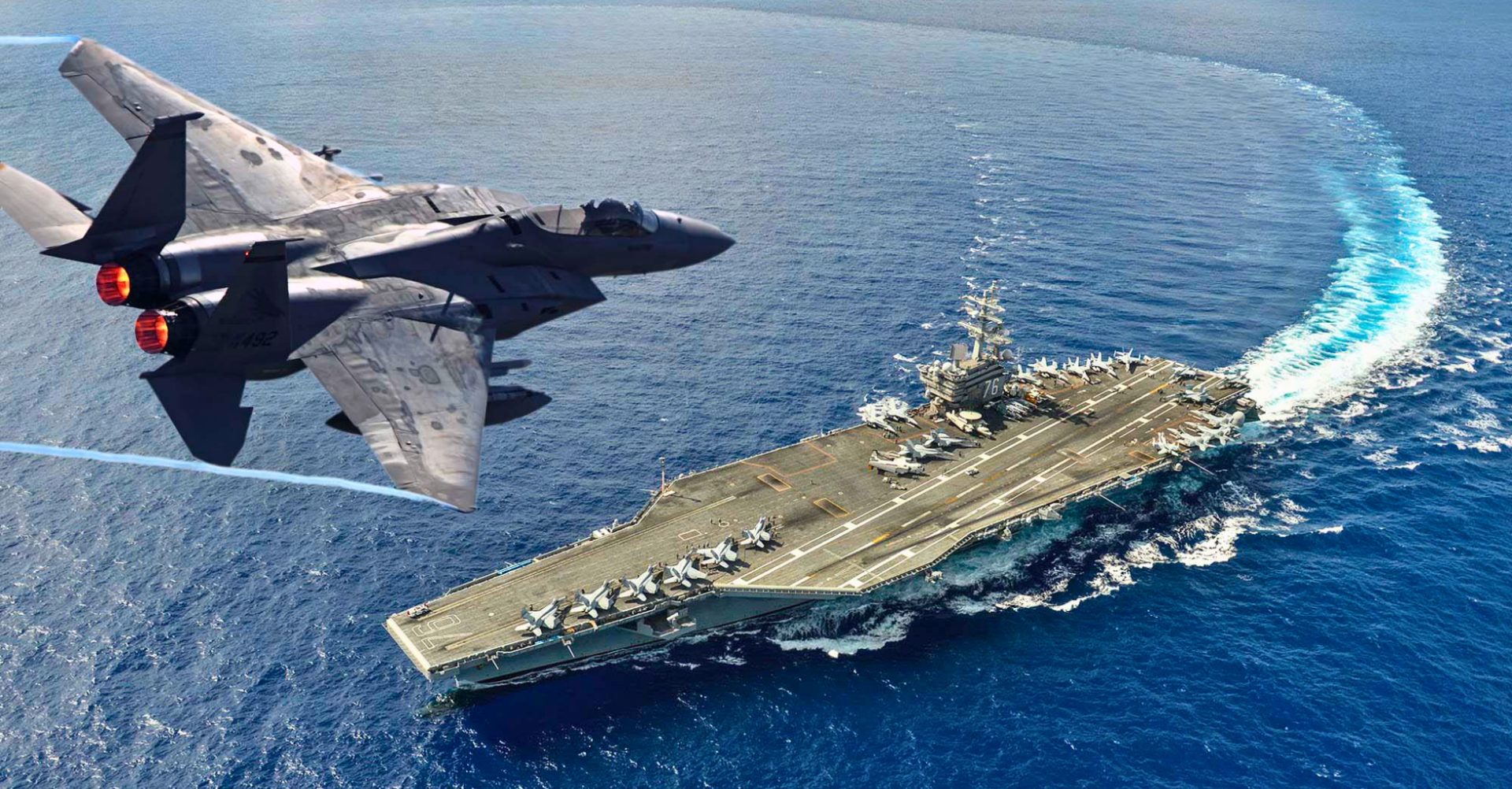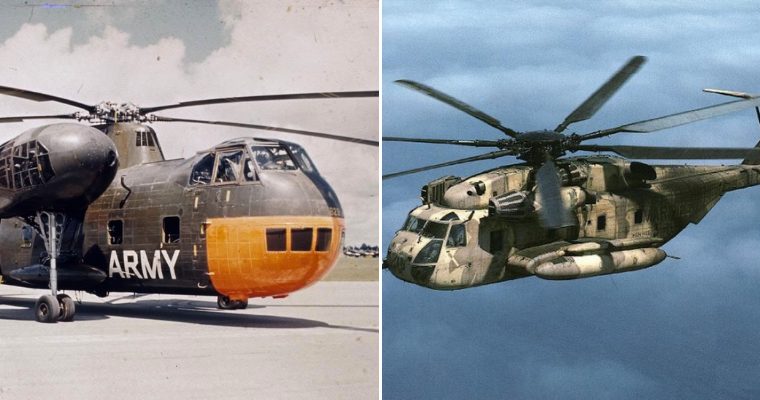The valuable asset has already carried out more than a dozen surveillance missions over eastern Europe operating as part of the new Task Group “Argo”.

One of the two Gulfstream G550 CAEW (Conformal Airborne Early Warning) jets belonging to the 14° Stormo (Wing) of the Aeronautica Militare (Italian Air Force), has been deployed from its homebase at Pratica di Mare Air Base, near Rome, Italy, to Mihail Kogălniceanu Air Base, Costanta, Romania, since Feb. 17, 2023.
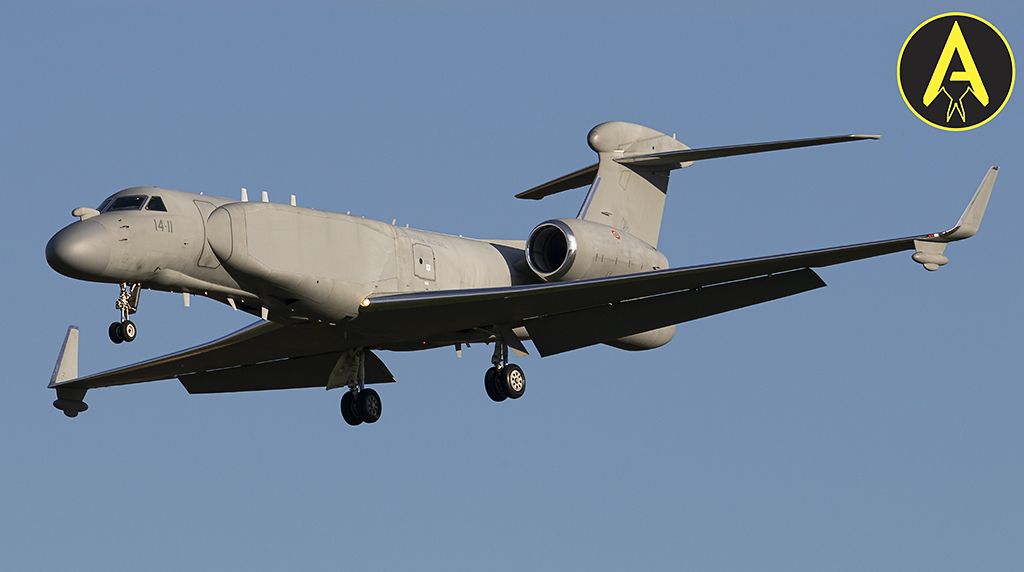
The airbase near Costanta already hosts the Eurofighter Typhoons supporting NATO enhanced Air Policing Area-South (eAPAS) as part of the Task Force Air in Romania (TFA-R) “Gladiator”; we were able to discover that the CAEW has been assigned to the new Task Group “Argo”.

The Italian Air Force has kept a very low profile on the activities of the aircraft from Romania but the missions over Romania and Poland (13 to date) of the aircraft MM62293/14-11 have not gone unnoticed: as for many other NATO assets operating in the region since the beginning of the war in Ukraine, the Italian CAEW, can be observed online as it flies its surveillance racetracks on flight tracking websites, like FlightRadar24.com.

In fact, the valuable Italian ISR (Intelligence Surveillance Reconnaissance) aircraft is one of the several NATO assets, including U.S. E-8 JSTARS and RC-135V/W, British Airseeker assets constantly monitoring the situation on the ground and in the air in Ukraine and along the borders with Belarus and Moldova. The Italian G550s were already conducting surveillance missions over eastern Europe taking off from Pratica di Mare Air Base, but the deployment to Romania has significantly extended the “on station” time of the aircraft, saving around 3 hours of flight time needed to reach the area of operations from Italy and return.

The special-mission aircraft operated by the 71° Gruppo (Squadron) is much more than a “flying radar”: it’s an AEW-BM & C (Airborne Early Warning – Battlefield Management and Communication) asset that can monitor a certain area for unknown traffic, manage allied missions as well as gather intelligence on enemy emissions with onboard ESM (Electronic Support Measures) sensors. The data can be shared with all the relevant “players”, including ground radar stations, other aircraft, ships, etc. In other words, it’s an extremely high-value asset for both Italy and NATO as it is crucial to achieve the so-called “Information Superiority” (i.e. the operational advantage derived from the ability to collect, process, and disseminate an uninterrupted flow of information while exploiting or denying an adversary’s ability to do the same).
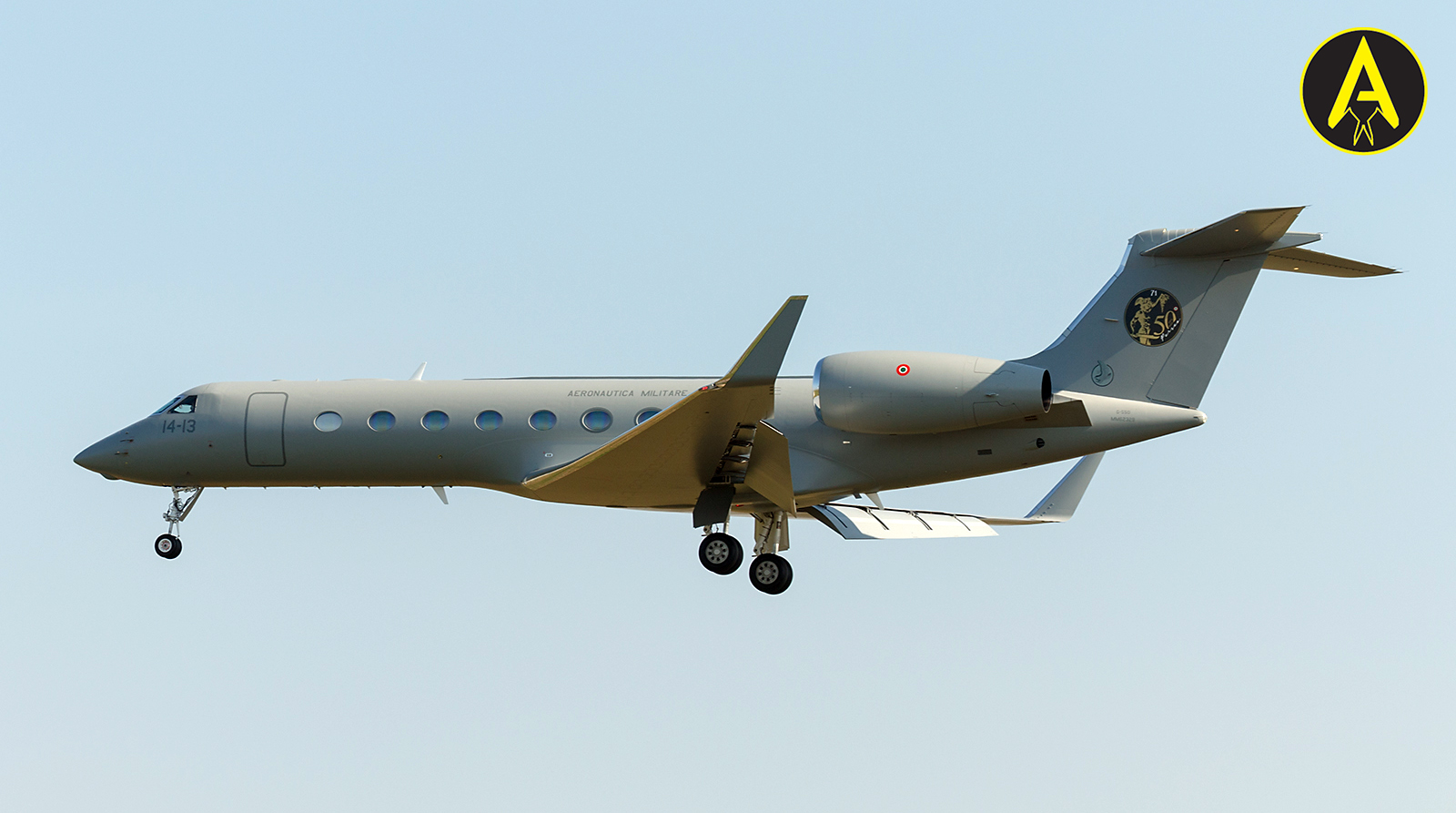
Although not yet publicly acknowledged, the deployment was probably carried out in accordance with the Combat Service Support concept the service is developing to be able to rapidly deploy a high-value asset with a short advance notice where it is needed to support the operations.
Source: theaviationist.com




